
Vertical farming, an innovative method of growing crops in vertically stacked layers, has gained popularity recently due to its numerous benefits, including year-round production, reduced water usage, and increased crop yields. The worldwide vertical farming market is expected to reach USD 13.9 billion by 2026, with a CAGR of 23.6% from 2021 to 2026.
As this market grows, entrepreneurs seek to capitalize on the opportunities presented by vertical farming by developing comprehensive business plans. A well-crafted vertical farming business plan can help entrepreneurs navigate the complexities of this emerging industry and position themselves for long-term success. Let’s check out how to craft a successful vertical farming business plan below.
What is Vertical Farming
Vertical farming involves growing crops in vertically stacked layers using soilless farming methods such as hydroponics, aquaponics, and aeroponics. The concept was first introduced in 1999 by Dickson Despommier, a Columbia University professor who proposed a design for a skyscraper farm that could feed 50,000 people. The primary advantage of vertical farming is its ability to increase crop yields with a smaller area of land requirement.
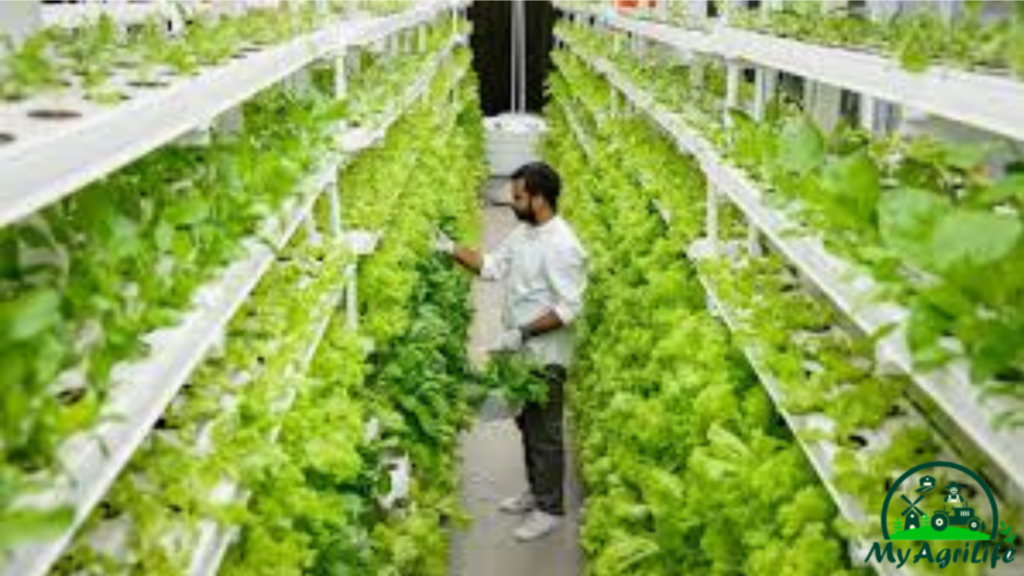
Additionally, it allows for cultivating a larger variety of crops and is less disruptive to the local flora and fauna. However, vertical farming faces economic challenges, including high startup costs and energy demands, which could produce more pollution than traditional farming methods. Despite these challenges, vertical farming has gained significant investment and interest from venture capitalists, governments, and private investors worldwide.
Techniques of Vertical Farming
1.Hydroponics: Growing plants without soil by submerging their roots in liquid nutrient solutions or using inert mediums like gravel or sand.

2.Aquaponics: Combining hydroponics with fish farming, creating a closed-loop system where fish waste is used to fertilize plants, and plant roots filter the water for fish.
3.Aeroponics: Growing plants in air chambers where a nutrient solution is misted uses up to 90% less water than hydroponics and requires no growing medium.
4.Controlled-environment agriculture (CEA): Modifying the natural environment in enclosed structures like greenhouses or buildings to control environmental factors like temperature, light, and humidity, often used in conjunction with hydroponics, aquaponics, or aeroponics.

The advantages of these techniques include higher crop yields, reduced water usage, and year-round crop production. Hydroponics is the most used technique in vertical farming, while aquaponics and aeroponics are gaining popularity. CEA is often combined with soilless farming techniques to enhance crop yields further.
Types of Vertical Farming Farms

1.Building-based farms: These farms reuse abandoned buildings or construct new buildings specifically designed for vertical farming.
2.Shipping-container farms: These farms use recycled shipping containers as modular chambers for growing various plants. They have LED lighting, hydroponics, smart climate controls, and monitoring sensors.
3.Deep farms: These vertical farms are built underground tunnels or abandoned mine shafts. They use the constant temperature and humidity underground to reduce energy consumption for heating and can be fully self-sufficient with automated harvesting systems.
4.Floating farms: These farms are located on floating platforms or barges in urban areas with scarce land. They use hydroponic systems and can capture more sunlight by exploiting open spaces over the water.
Benefits and Opportunities in Vertical Farming Business
1.Increases Production Output: Vertical farming maximizes land use, which leads to increased agricultural output. A story building on a 0.25-hectare can produce 3500 tons of fruits and vegetables.
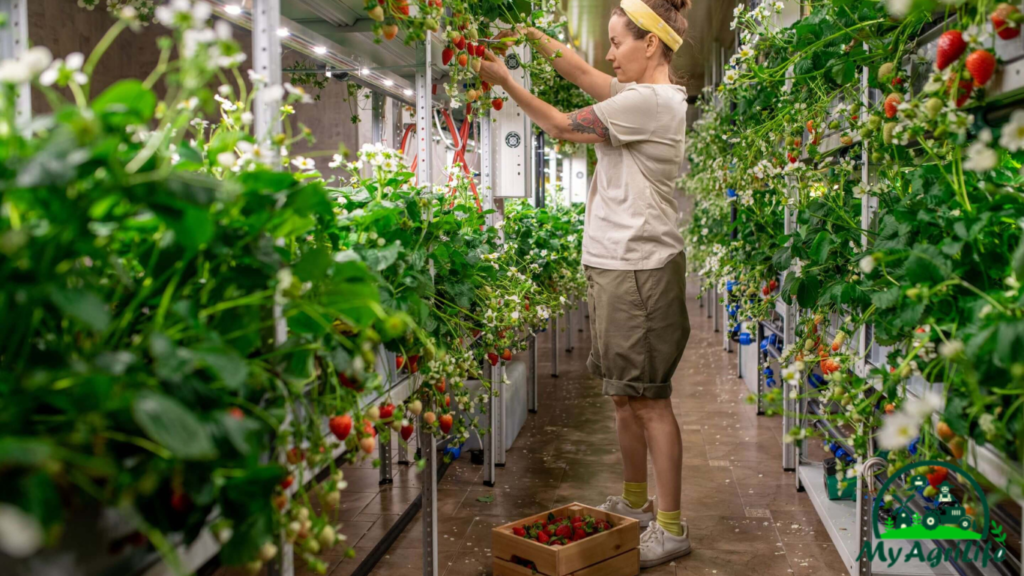
2.Protects the Environment: Vertical farming eliminates deforestation, desertification, soil erosion, and nutrient runoff. It maximizes the use of resources like energy and fertilizers while minimizing losses.
3.Merges Food Production and Consumption: It enables urban farming, shortens the farm-to-market process, promotes self-sufficient cities, encourages urban growth, and delivers fresh and inexpensive food products.
4.Supports Diverse Crops: Vertical farming implements Controlled Environment Agriculture (CEA) technology that supports the cultivation of different types of crops sensitive to weather or other environmental preconditions.
5.Promotes Efficient and Sustainable Energy Use: It aligns with renewable and alternative energy technologies. To be self-sufficient, a facility can use photovoltaic solar panels, methane digesters, and other technologies.
6.Generates Multidisciplinary High-Skilled Jobs: Vertical farming leads to the creation of different types of jobs in various fields, such as civil engineering, agriculture, information technology, project management, business, and marketing. A new breed of farmers with relevant skills and knowledge would also be needed to manage planting, cultivation, monitoring, and harvesting.
Challenges and Solutions for Vertical Farming Business
Challenges
Vertical farming faces several challenges, including high startup costs, the need for high-value crops to be grown to be profitable, and high energy consumption. Vertical farms require large amounts of supplemental light, which is expensive and can contribute to high energy consumption. Additionally, heating and cooling systems for vertical farms can be costly, and the farms require significant land use for solar panels to provide enough energy.
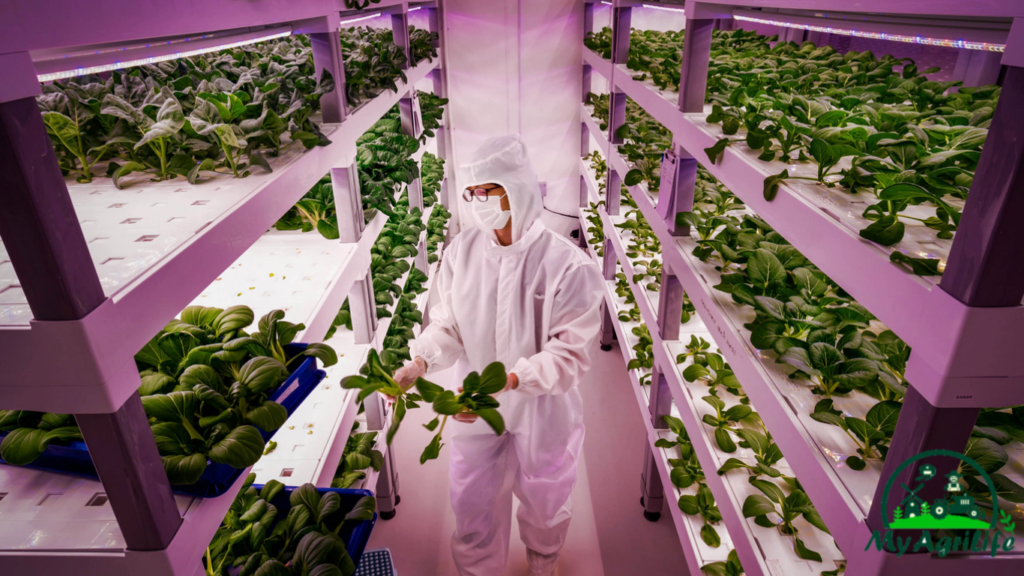
Solutions
Potential solutions to these challenges include using hardier mature plants in traditional greenhouses to free up space and increase cost flexibility. Gas filtration can remove pollutants such as sulfur dioxide and ethylene from the air in greenhouses. Additionally, vertical farms could use a CO2 source from combustion to help absorb CO2 that would otherwise be scrapped. To address the issue of high energy consumption, vertical farms could be designed with energy-efficient lighting systems and use renewable energy sources such as wind or solar power.
What is a Vertical Farming Business Plan
A vertical farming business plan is a comprehensive document that outlines the strategies and goals for operating a successful vertical farming business. It should include market analysis, financial projections, marketing plans, operational details, and other relevant information. A business plan is most important for securing funding and investors and guiding operations. With the increasing popularity of vertical farming, entrepreneurs seek to capitalize on the opportunities this emerging industry presents.
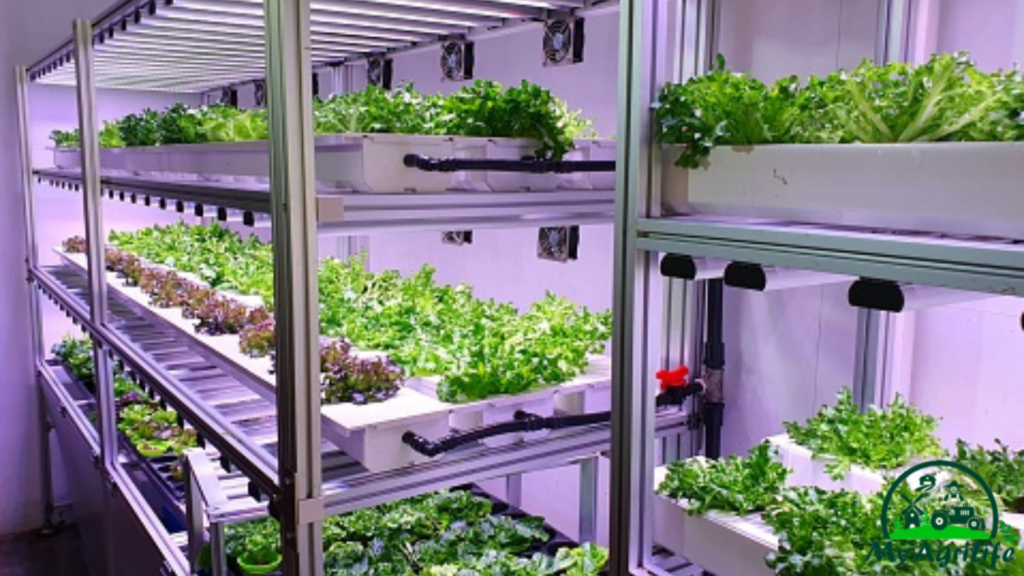
Vertical farming provides numerous benefits, including increased crop yields, reduced water usage, and year-round production, making it an attractive option for sustainable food production. A vertical farming business plan should consider these benefits while addressing the challenges and potential risks associated with the industry.
How to Craft a Successful Vertical Farming Business Plan
Preparation of Vertical Farming Business Plan
1.Preparing for Your Business Plan

1.Identifying the purpose and objectives of the business plan
2.Identifying the target market and competition
3.Conducting market research to validate the business idea
4.Identifying the core values and unique selling proposition of the business
2.Conducting Feasibility Studies
1.Evaluating the demand for vertical farming produce in the target market
2.Analyzing the competition and market trends
3.Assessing the availability of necessary resources such as land, water, electricity, and labor
4.Estimating the initial capital requirements and expected revenue
3.Obtaining Necessary Land
1.dentifying suitable locations for the vertical farm
2.Evaluating the soil and climate conditions for optimal crop growth
3.Securing the land lease or purchase agreement
4.Obtaining necessary zoning and land use permits
4.Checking Availability of Business Name
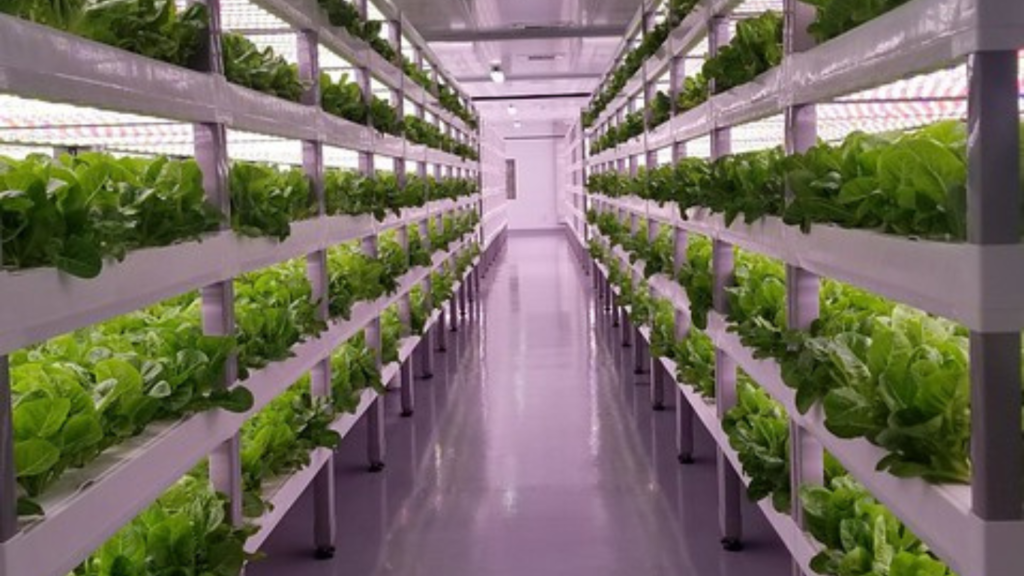
1.Researching available business names
2.Checking the availability of the chosen name with relevant government authorities
3.Registering the business name with the appropriate agency
5.Incorporating Business
1.Deciding on the legal structure of the business
2.Filing the necessary documents with the state or local government
3.Obtaining necessary licenses and permits
4.Obtaining an Employer Identification Number (EIN)
6.Opening Bank Accounts and Obtaining Tax ID
1.Choosing a suitable bank for business transactions
2.Setting up business accounts for payments and expenses
3.Obtaining a tax identification number (TIN)
7.Applying for Permits and Licenses

1.Identifying the necessary permits and licenses for the business
2.Filling out and submitting the required applications
3.Paying the required fees
4.Obtaining approval from relevant authorities
8.Finding Business Insurance
1.Identifying the types of insurance required for the business
2.Obtaining quotes from insurance providers
3.Comparing and choosing the most suitable insurance policies
4.Ensuring compliance with all insurance requirements.
9.Elements of a Successful Business Plan
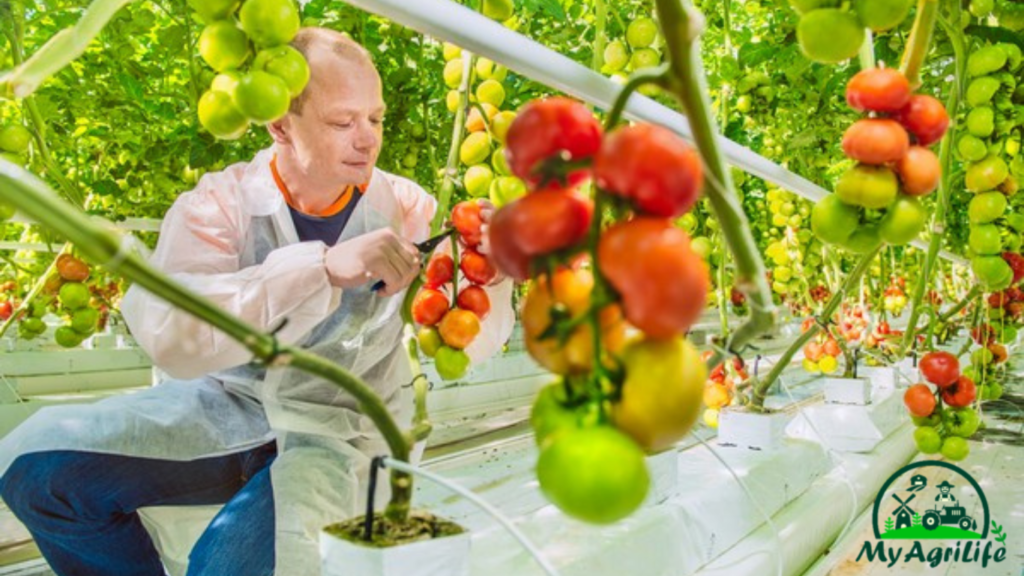
1.Industry Overview
2.Executive Summary
3.Mission and Vision Statement
4.Products and Services Offered
5.Organization and Roles
6.Market Analysis
7.SWOT Analysis
8.Sales and Marketing Strategy
9.Sales Forecast
10.Pro Forma Budget
11.Expansion Strategy
10.Industry Overview
The industry overview section of a vertical farming business plan provides an overview of the market and industry trends, including market size, growth potential, and competition. This section will typically include information on the demand for fresh produce, the challenges facing traditional agriculture, and the benefits of vertical farming. It may also cover the latest technological advancements in the industry, such as automation and AI, and their impact on production and profitability.
11.Executive Summary
The executive summary is a high-level overview of the entire business plan. This section should briefly outline the business idea, target market, products and services, sales and marketing strategy, and financial projections. The summary goal is to quickly and effectively communicate the key highlights of the business plan to potential investors or lenders.
12.Mission and Vision Statement
A vertical farming business plan’s mission and vision statement should communicate the business’s purpose and direction. The mission statement should be a concise statement that outlines the company’s goals and objectives. The vision statement should describe the long-term aspirations of the business and how it intends to impact society and the environment positively.
13.Products and Services Offered
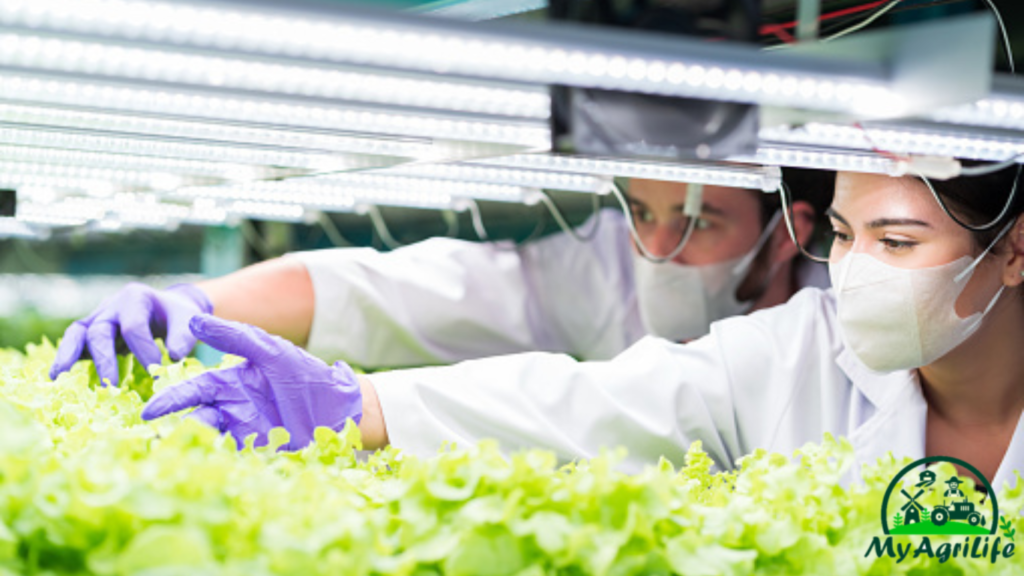
This business plan section should describe the products and services the vertical farming business will offer. This may include a list of the crops the business will grow, the varieties of each crop, and any unique or specialty crops. The section should also describe any value-added services the business will offer, such as packaging, distribution, or processing.
14.Organization and Roles
This business plan section should outline the business structure and each team member’s roles and responsibilities. This may include information on the management team, employees, and advisors. It should also describe the hiring process, employee training, and applicable labor laws or regulations.
15.Market Analysis
The market analysis section of a vertical farming business plan should provide a detailed analysis of the target market and competition. This may include market size, consumer preferences, and trends. It should also identify potential competitors and analyze their strengths, weaknesses, and market share.
16.SWOT Analysis
The SWOT analysis is a useful tool for finding out the strengths, weaknesses, opportunities, and threats of a business. This business plan section should identify the internal and external factors that may impact the business’s success. It should also describe how the business will address these factors.
17.Sales and Marketing Strateg
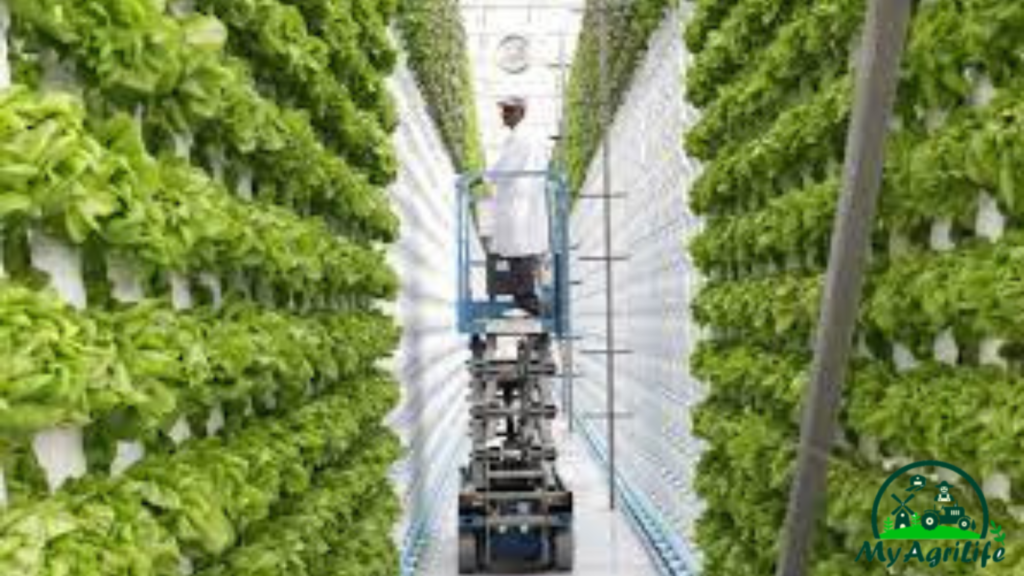
This business plan section should outline the vertical farming business’s sales and marketing strategy. This may include information on target markets, pricing strategy, promotion, and distribution. It should also describe any partnerships or collaborations with other businesses.
18.Sales Forecast
The sales forecast estimates the sales revenue the business expects to generate over a specified period. This business plan section should provide a detailed forecast of the expected sales revenue, including any assumptions or factors that may impact sales.
19.Pro Forma Budget
The pro forma budget is a financial projection that estimates the income and expenses of the business. This business plan section should include a detailed budget outlining the business’s expected revenue, costs, and profits.
20.Expansion Strategy
The business plan’s expansion strategy section should outline the business’s growth plans. It includes plans to expand production, enter new markets, or develop new products and services. It should also describe the financial requirements for these expansion plans and how they will be funded.
Frequently Asked Questions Related to Vertical Farming Business Plan
1.Is Vertical Farming Profitable?
Vertical farming can be profitable, but it depends on factors such as the crop being grown, the farm’s size, and the system’s efficiency. High-value crops like leafy greens and herbs can be more profitable than traditional field crops.
2.What are the Startup Costs for a Vertical Farm?
The startup costs for a vertical farm can be high, ranging from hundreds of thousands to millions of dollars. The average startup cost for a vertical farming businessis $20,000. Factors that can affect costs include the size of the farm, the type of system used, and the cost of real estate.
3.What are the Energy Requirements for Vertical Farming?
Vertical farming systems require energy for lighting, heating, and cooling. This energy can come from renewable sources like solar and wind power but may also require a backup power source. Growing plants vertically in layered systems frequently require expensive artificial light sources. Vertical farming also requires expensive and energy-intensive heating, ventilation, and air conditioning (HVAC) systems for humidity control.
Conclusion
Crafting a successful vertical farming business plan requires consideration of various factors such as the target market, location, funding, and technology. It’s essential to conduct thorough research, analyze market trends, and create a detailed financial projection to ensure the feasibility of the business. By following the tips and guidelines discussed, entrepreneurs can develop a solid plan outlining the objectives, strategies, and actions necessary to succeed in the vertical farming industry.









